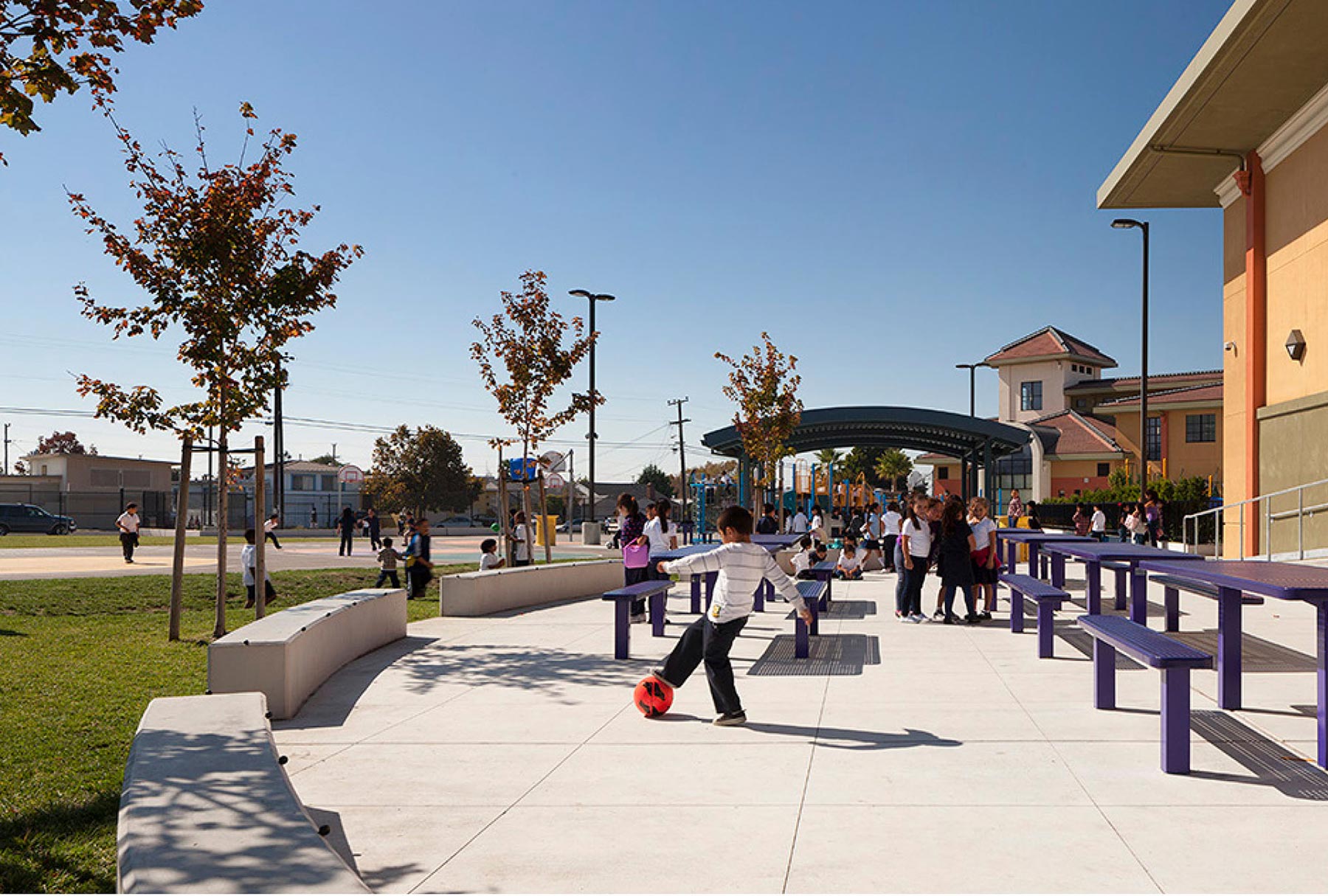Universal Design Overview
Principles and Definitions
“Universal design is the design of products and environments to be usable by all people, to the greatest extent possible, without the need for adaptation or specialized design.”
– Ron Mace
The definition of disability has broadened from people categorized with traditionally diagnosed disabilities to that of functionality, which includes all people. The young, the old, a person pushing a baby carriage, or someone with a broken foot, all of us may require an environment that is barrier-free sometime during our lives. Universal Design principles give direction, rather than correction, to create an accessible environment. Universal Design (UD) goes beyond the minimum access requirements to broad-spectrum solutions that are useable and effective for everyone.
Sally Swanson Architects has over 30 years of experience in providing Universal Design solutions within existing civic, institutional, and educational environments. When designing for access, the firm explores means by which all persons move and interface with their surroundings. SSA designs respond to current codes and also embrace the seven principles of Universal Design.
SSA creates Universal Design standards for town/village circulation and construction, helping to achieve innovative barrier-free housing and athletic spaces in the early conceptual phases:
PyeongChang Olympic/Paralympic Village, South Korea. Working to bring accessibility to the 2018 Winter Games sites, SSA created Universal Design standards for PyeongChang. Instead of an afterthought at the end of the design process, the development of a Universal Design framework provides accessibility in preliminary design and design development.
SSA integrates Universal Design principles into campus circulation and construction, helping to preserve campus character and also reducing costs for access code compliance.
At San Diego Community College District, SSA created Universal Design principles which resulted in a campus vocabulary that worked across the campus. This vocabulary is a unifying framework for modernization and new design projects as it defines, through specific parts and details, the character of the campus.
At Desert Community College District, budget savings could be achieved by merging the campus long term Master Plan with an Access Master Plan. All accessible requirements could be addressed as part of the master plan or as individual projects that reduced the cost of figuring individual paths of travel for ongoing construction.
A collaborative approach to designing public buildings is followed by SSA where staff and community suggestions are incorporated in the early stages of design through the use of Universal Design principles.
At Ford Elementary School, Universal Design was a best practice approach to implementing accessibility seamlessly both interior and out. When students with disabilities learn side by side with other students, in an environment that is designed for all, it can provide a basis of understanding about both equity and inclusion.
By using the principles of UD in the problem-solving development of site planning, building design, and circulation, accessibility becomes “almost invisible” as it is completely integrated in the design process.
In addition to working with Universal Design on a project by project basis, Sally Swanson is a member of the Global Universal Design Commission (GUDC), developing the next phase of UD for all.
The 7 Principles of Universal Design
From the Center for Universal Design, North Carolina State University
PRINCIPLE ONE: Equitable Use
The design is useful and marketable to people with diverse abilities.
PRINCIPLE TWO: Flexibility in Use
The design accommodates a wide range of individual preferences and abilities.
PRINCIPLE THREE: Simple and Intuitive Use
Use of the design is easy to understand, regardless of the user’s experience, knowledge, language skills, or current concentration level.
PRINCIPLE FOUR: Perceptible Information
The design communicates necessary information effectively to the user, regardless of ambient conditions or the user’s sensory abilities.
PRINCIPLE FIVE: Tolerance for Error
The design minimizes hazards and the adverse consequences of accidental or unintended actions.
PRINCIPLE SIX: Low Physical Effort
The design can be used efficiently and comfortably and with a minimum of fatigue.
PRINCIPLE SEVEN: Size and Space for Approach and Use
Appropriate size and space is provided for approach, reach, manipulation, and use regardless of user’s body size, posture, or mobility.
